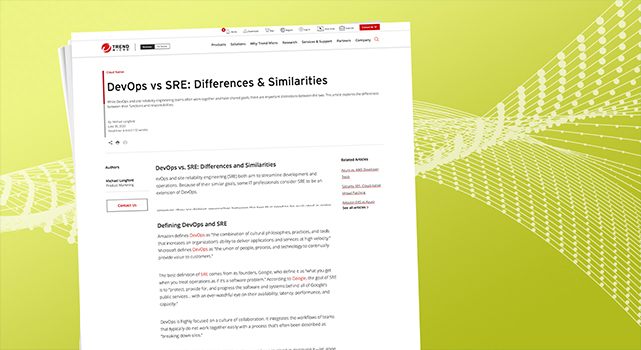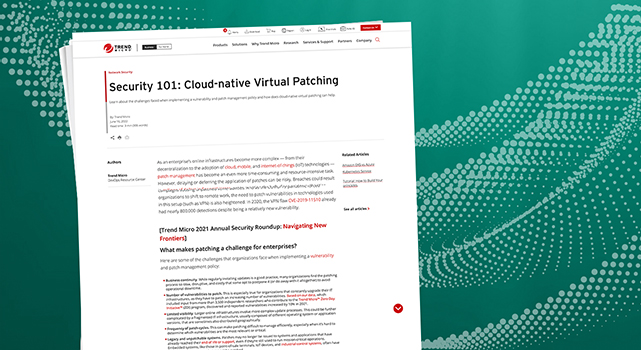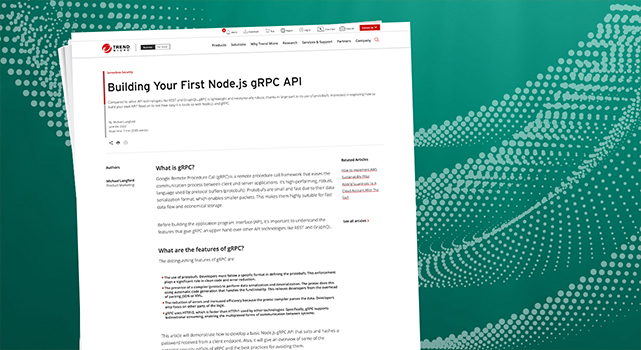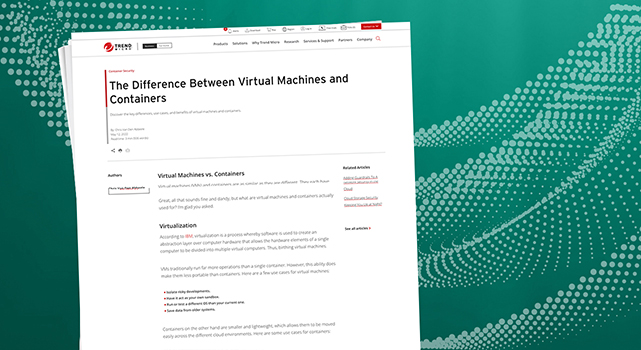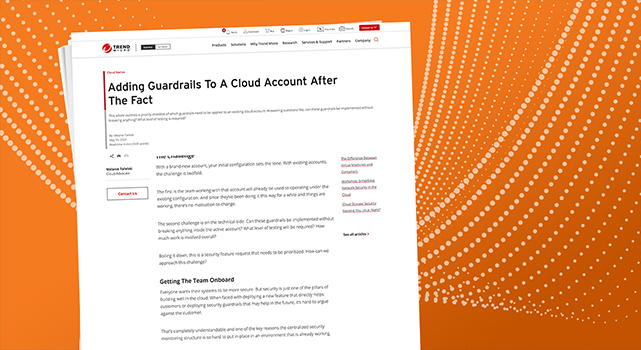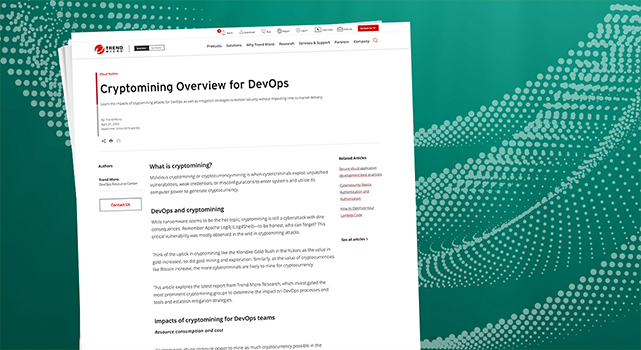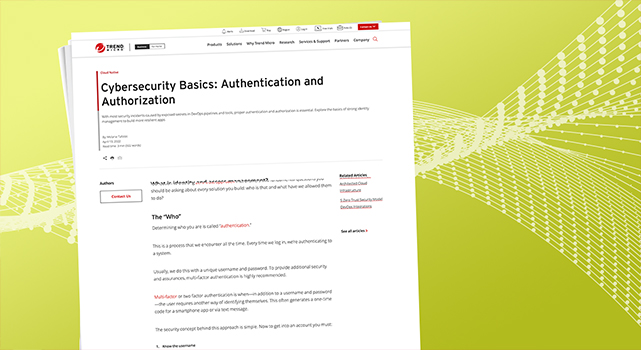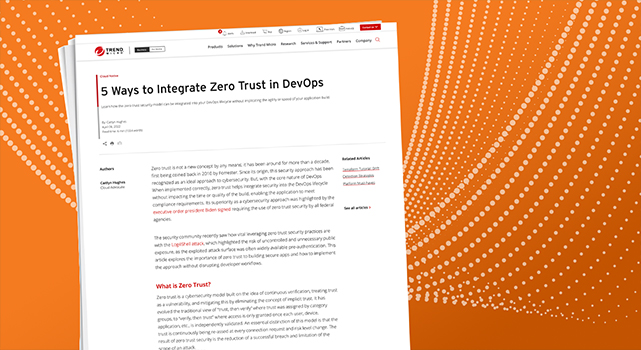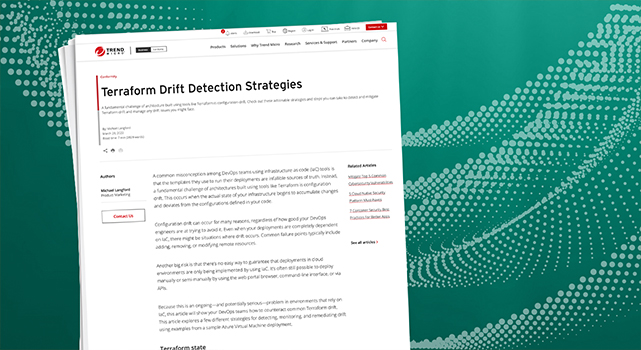- This video doorbell camera has just as many features are my Ring - and no subscription required
- LG is giving away free 27-inch gaming monitors, but this is the last day to grab one
- I tested this Eufy security camera and can't go back to grainy night vision
- I replaced my iPhone with a premium dumbphone - here's my verdict after a month
- Build your toolkit with the 10 DIY gadgets every dad should have
DevOps vs SRE: Differences & Similarities
DevOps vs. SRE: Differences and Similarities DevOps and site reliability engineering (SRE) both aim to streamline development and operations. Because of their similar goals, some IT professionals consider SRE to be an extension of DevOps. However, they are distinct approaches between the two that need to be evaluated in order to define their working roles and responsibilities. This article compares DevOps and SRE so teams can choose which approach fits their team’s goals and culture,…
Read More
